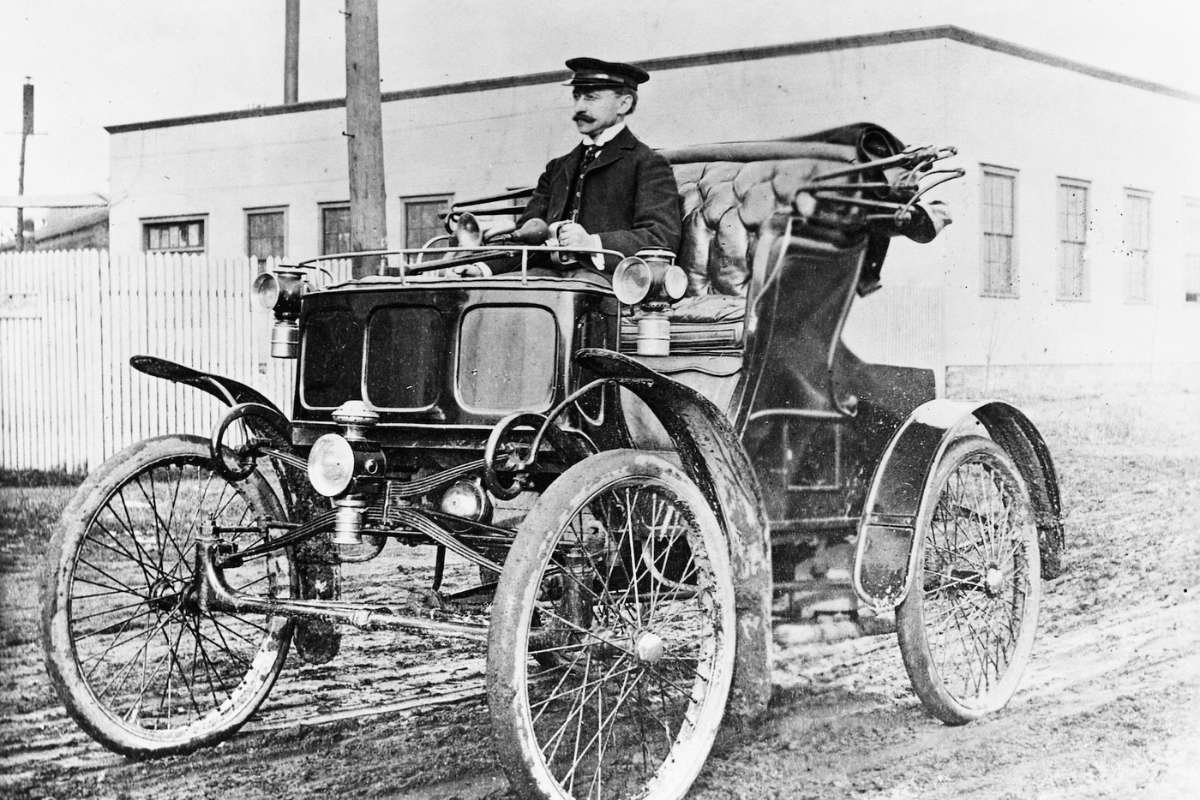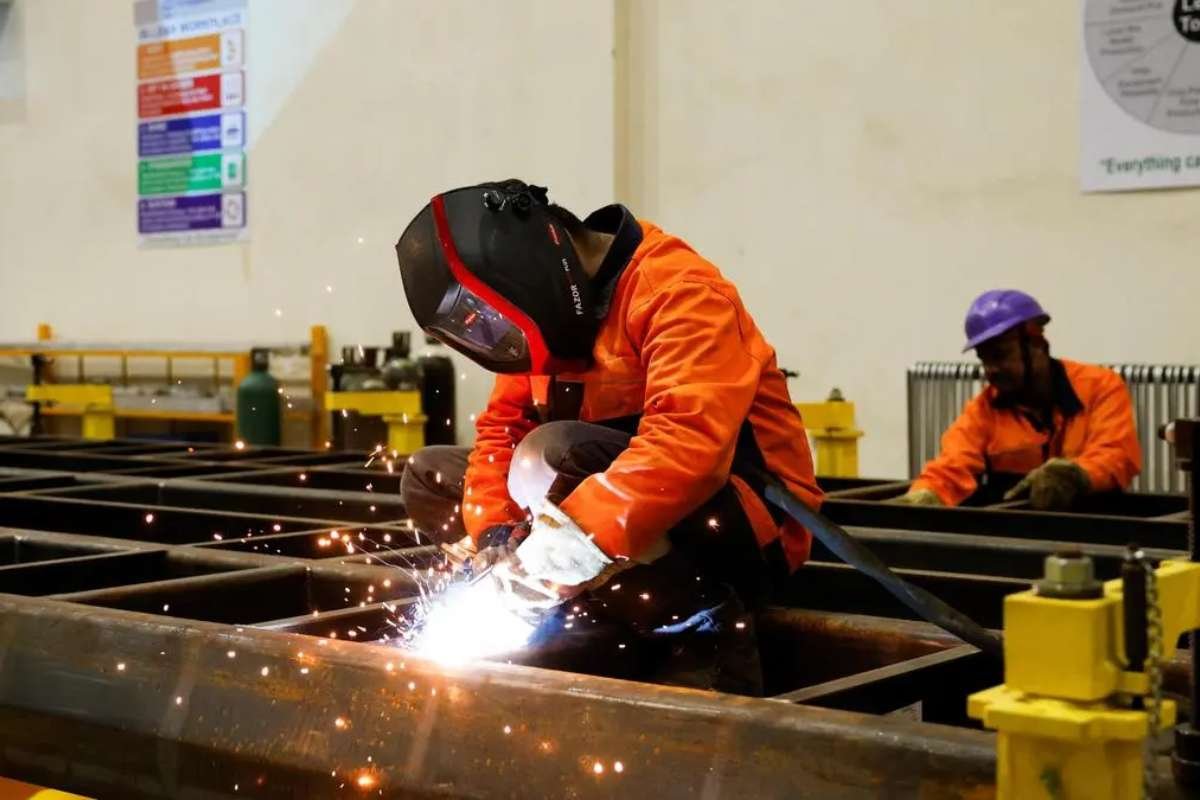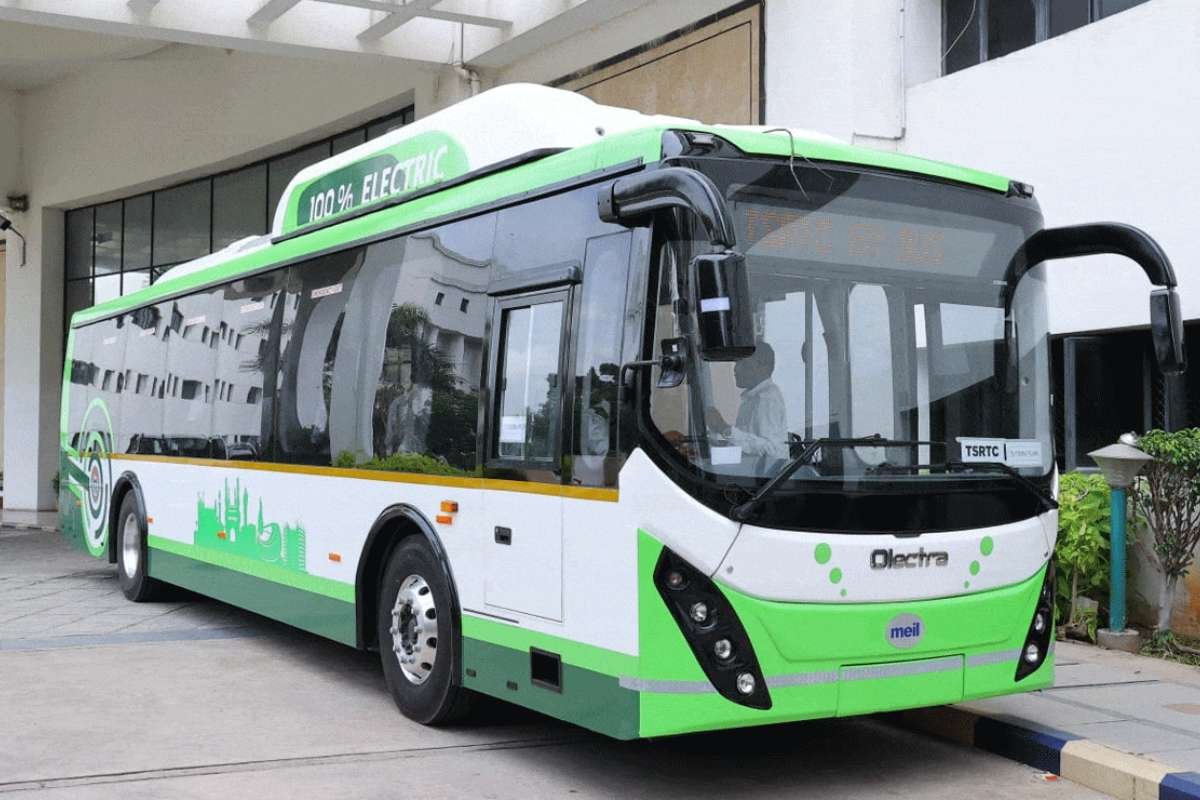The history of the automobile is not merely about engines and metal—it’s a thrilling journey through centuries of innovation, ambition, and societal transformation. What began as an experiment to replace horses became a global force that reshaped cities, economies, and even human behavior.
From steam puffs on cobblestone streets to electric cars charging silently in smart cities, each phase of the automobile’s story reflects a milestone in human advancement.
Here Are the List of 7 Evolution Journeys Behind This Marvel of Mobility:
1. 18th Century: Steam Dreams and the First Self-Propelled Vehicle
- Year: 1769
- Innovation/ Event: First steam-powered vehicle
- Contributor: Nicolas-Joseph Cugnot
- Location: France
In 1769, long before gas stations or traffic lights, a French military engineer rolled out the world’s first self-moving vehicle. This steam-powered tricycle, designed to haul cannons, moved at just 2.5 mph—and had no brakes!
It puffed and hissed its way into the pages of history. Although impractical, this invention showed the world that carriages didn’t need horses. It planted the first seed in the history of the automobile, proving that mechanical motion on roads was possible.
These early steam vehicles fascinated inventors and philosophers alike, who began dreaming of a future where roads belonged to machines, not mules.
2. Late 19th Century: The Birth of the Gasoline Engine
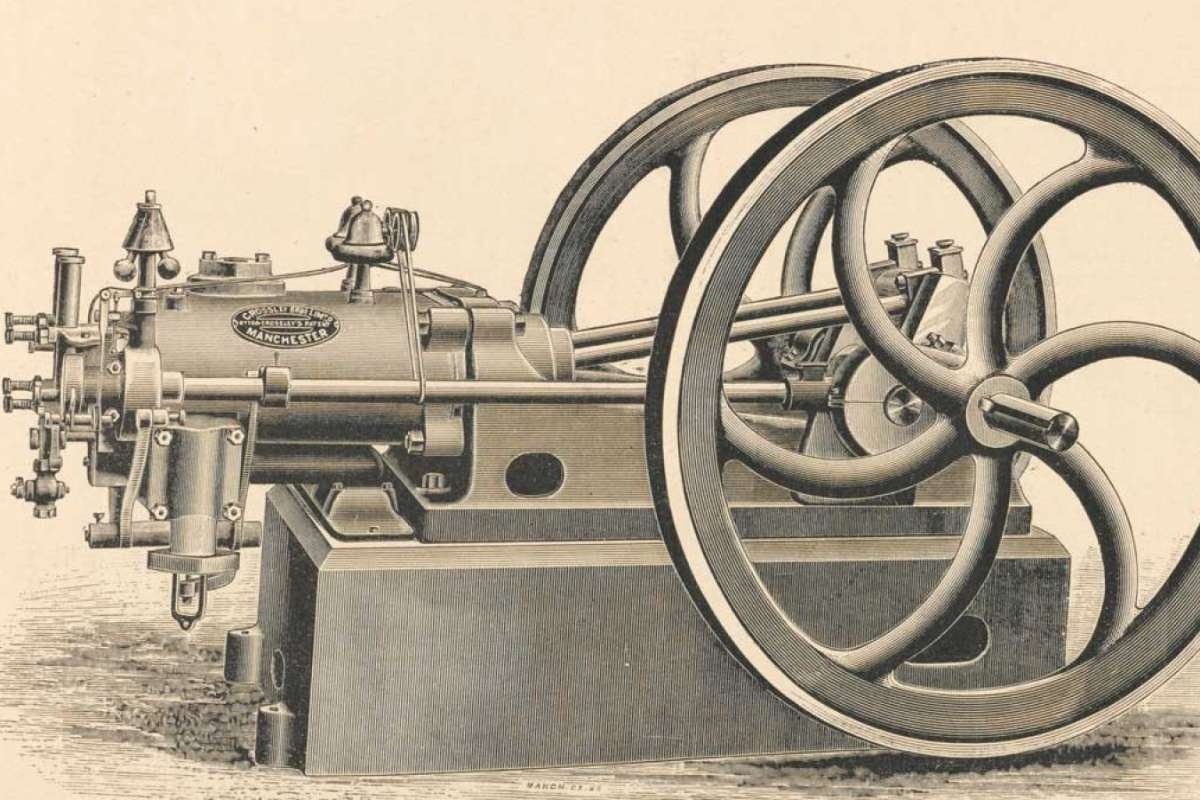
- Year: 1885
- Innovation/ Event: First gasoline-powered car
- Contributor: Karl Benz
- Location: Mannheim, Germany
While steam was innovative, it was gasoline that truly ignited progress. In 1885, a revolutionary breakthrough occurred when the first practical gasoline-powered car roared to life. It wasn’t flashy—three wheels, a modest motor—but it moved independently and reliably.
What’s even more fascinating? Just a few years later, a woman would take center stage in automotive history. Bertha Benz, the inventor’s wife, secretly took the car on a 100-km journey without permission or precedent. She stopped for fuel at a pharmacy and cleaned a clogged fuel line with her hat pin. Her adventure became the world’s first road trip and an unforgettable chapter in the history of the automobile.
3. Early 20th Century: The Mass Production Revolution
- Year: 1908
- Innovation/ Event: Launch of the Model T
- Contributor: Henry Ford
- Location: Detroit, USA
As the 1900s rolled in, one man turned the car from a luxury toy into a household necessity. He didn’t just make cars—he reimagined how they were made.
By building a moving assembly line in 1913, production time for a car dropped from 12 hours to just 93 minutes. This radical efficiency made it possible for average workers to afford what was once reserved for elites. The automobile was no longer an invention—it was a social movement.
Paved roads expanded, cities evolved, and a new era of personal freedom began. In the history of the automobile, no chapter changed society as dramatically as this one.
4. Mid-20th Century: Chrome, Culture, and Engineering Brilliance
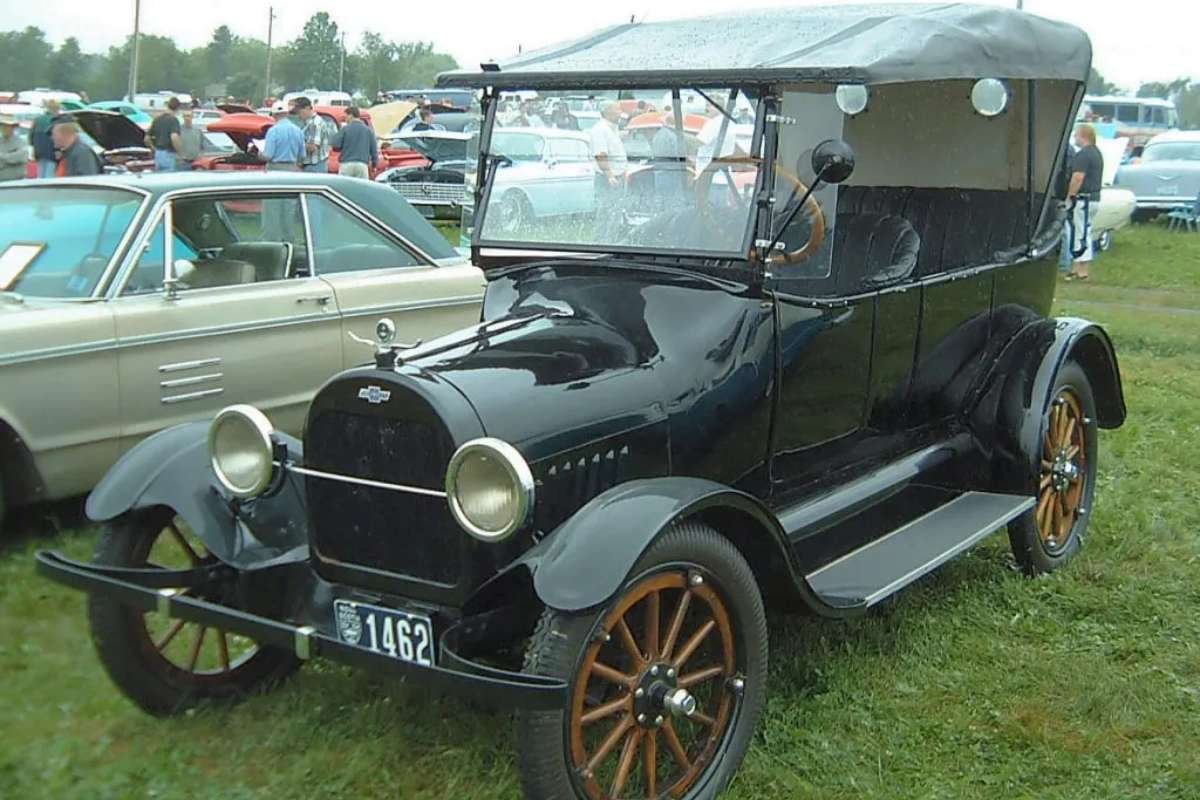
- Year: 1939
- Innovation/ Event: Introduction of automatic transmission
- Contributor: General Motors
- Location: United States
The mid-1900s weren’t just about horsepower—they were about style. Sleek chrome finishes, sweeping fenders, and tail fins dominated the streets. Cars became symbols of freedom, identity, and American culture.
But behind the glamour were serious technological strides. Innovations like automatic transmission, power steering, and hydraulic brakes made driving more accessible and enjoyable. The experience transformed from mechanical challenge to everyday convenience.
This era also witnessed the rise of new players. As Europe rebuilt post-WWII, Japan emerged with nimble, fuel-efficient cars that redefined quality. These vehicles became global bestsellers, pushing competitors to raise their standards.
This phase in the history of the automobile was not just about innovation—it was about competition, character, and mass influence.
5. 1970s–2000s: Fuel Crises, Environmental Awareness & the Hybrid Revolution
- Year: 1997
- Innovation/ Event: First mass-market hybrid car (Prius)
- Contributor: Toyota
- Location: Japan
In the 1970s, the world was shaken by oil shortages. Suddenly, fuel wasn’t just expensive—it was unreliable. This crisis forced manufacturers to rethink size, consumption, and efficiency. The gas-guzzling giants of the past gave way to leaner, smarter designs.
By the 1990s, the conversation shifted toward the environment. The world was waking up to carbon emissions, smog, and climate change. In 1997, a car rolled off the assembly line that would change everything: a quiet, efficient hybrid that ran on both gasoline and electricity.
This hybrid wasn’t just an engineering feat—it was a green statement, a response to decades of dependency and environmental neglect. A new movement began in the history of the automobile, where performance was measured not only by speed but by sustainability.
6. 2008 Onward: The Electric Shock That Changed the Game
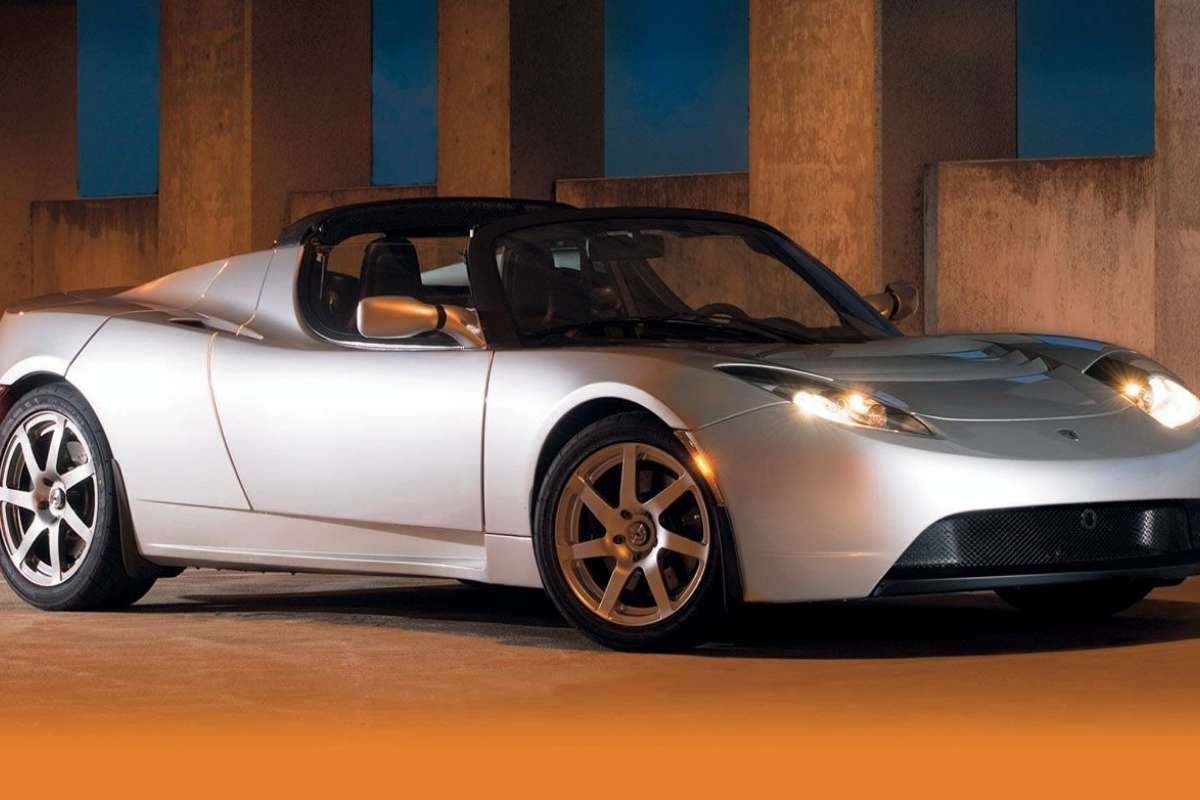
- Year: 2008
- Innovation/ Event: Launch of the first Tesla electric car
- Contributor: Tesla Inc.
- Location: California, USA
In 2008, a bold new electric car hit the roads—not slow, not boxy, not limited to city streets. It was fast, sleek, and could outpace many sports cars. This wasn’t just a car; it was a statement: electric can be exciting.
With advanced lithium-ion batteries, a growing charging infrastructure, and software updates delivered wirelessly, electric vehicles (EVs) began breaking barriers once thought impossible.
The EV revolution not only revived public interest in alternative energy but also pushed global automakers into a fierce innovation race. This marked a profound shift in the history of the automobile, where electricity officially challenged internal combustion for dominance.
7. 2020s: Cars That Think, Learn, and Drive Themselves
- Year: 2020
- Innovation/ Event: Rise of self-driving and smart vehicles
- Contributor: Multiple innovators
- Location: Global (US, China, EU)
Today, cars are no longer just vehicles—they’re computers on wheels. From autonomous driving to in-car virtual assistants, artificial intelligence is redefining the driving experience.
Vehicles can now brake automatically, park themselves, and even navigate traffic without human input. Advanced safety features, over-the-air updates, and real-time diagnostics make cars smarter than ever before.
Companies are also experimenting with vehicle-to-everything (V2X) communication, allowing cars to talk to each other, traffic lights, and infrastructure.
In the most modern chapter of the history of the automobile, we’re witnessing a transformation from mere transportation to intelligent mobility systems.
Conclusion:
The evolution of the automobile is not just a mechanical tale—it’s a mirror of human progress, creativity, and adaptability. From Cugnot’s steam-powered tricycle in the 18th century to today’s AI-driven smart cars, every era in the history of the automobile has responded to the needs, values, and dreams of its time. Whether driven by curiosity, crisis, or climate, each innovation pushed boundaries and redefined mobility. As we accelerate toward a future of electric, autonomous, and interconnected vehicles, one thing is clear: the journey of the automobile is far from over—it’s merely shifting gears into its most intelligent and sustainable phase yet.



